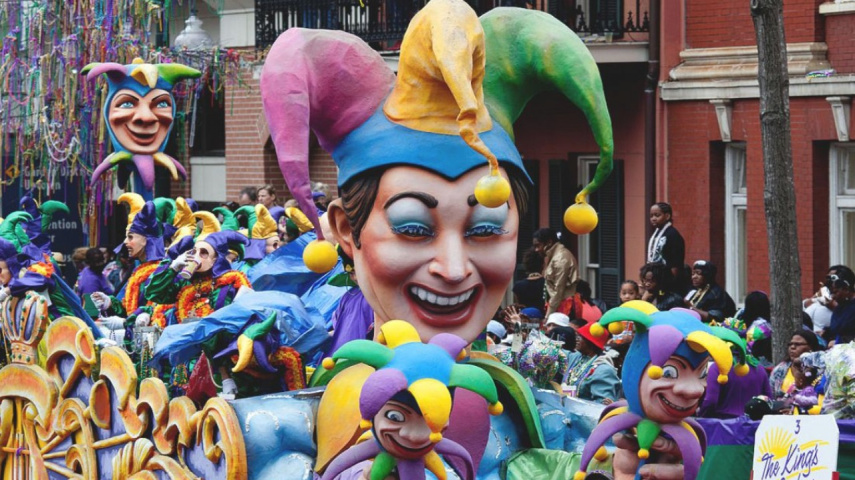What is Mardi Gras? History, significance, and more explored amid 'Fat Tuesday' celebrations before Lenten season
On Fat Tuesday, thousands of people celebrated Mardi Gras in and around New Orleans, dressed in attractive costumes.

Tuesday marked the customarily festive end of New Orleans' Carnival season, complete with street celebrations, parades, and what amounted to a huge outdoor costume party around the eateries and bars of the French Quarter.
The revelry continued from the predawn hours until the customary New Orleans police sweep of Bourbon Street at midnight, marking the transition from the excess and revelry of Fat Tuesday to the abstinence and penance of Ash Wednesday.
What is Mardi Gras?
Mardi is the French word for Tuesday, and gras means “fat.” In France, the day before Ash Wednesday came to be known as Mardi Gras, or Fat Tuesday.

Importance
While it’s a secular celebration, Carnival in New Orleans — and around the world — is rooted in Christian and Roman Catholic traditions. The season begins on Jan. 6, the 12th day after Christmas, and continues until Mardi Gras, which is the final day of feasting, drinking, and revelry before Ash Wednesday and the fasting associated with Lent.
Traditionally, in the days leading up to Lent, merrymakers would binge on all the rich, fatty foods—meat, eggs, milk, lard and cheese—that remained in their homes, in anticipation of several weeks of eating only fish and different types of fasting.
History
After French explorers Pierre Le Moyne d'Iberville and Sieur de Bienville landed close to modern-day New Orleans, Louisiana, on March 3, 1699, the first Mardi Gras in America was celebrated. Their landing place was named Point du Mardi Gras, and they celebrated with a small party. Some claim that the port city of Mobile, Alabama was the first to see the incident.
Following, the festival was observed with extravagant dinners, masquerade balls, and street celebrations in New Orleans and other French towns. These boisterous customs were, however, outlawed by the Spanish when they seized control of New Orleans, and the prohibitions persisted until Louisiana became a state in the union in 1812.
A group of students dressed in vibrant costumes for Mardi Gras in 1827 strolled through New Orleans' streets, mimicking the joy they had seen in Paris. A decade later saw the first New Orleans Mardi Gras parade, which is still an annual event
Traditions
Processions vary in style from neighborhood walking clubs, such as Friday's "Bosom Buddies" march, to grandiose, high-tech extravaganzas with enormous, animated figures and flashing lights atop floats.. It is a family-friendly atmosphere along the parade routes. Food vendors sell corn dogs, funnel cakes, and cotton candy, while groups set up picnic sites just off the path. .





 JOIN OUR WHATSAPP CHANNEL
JOIN OUR WHATSAPP CHANNEL





































































































